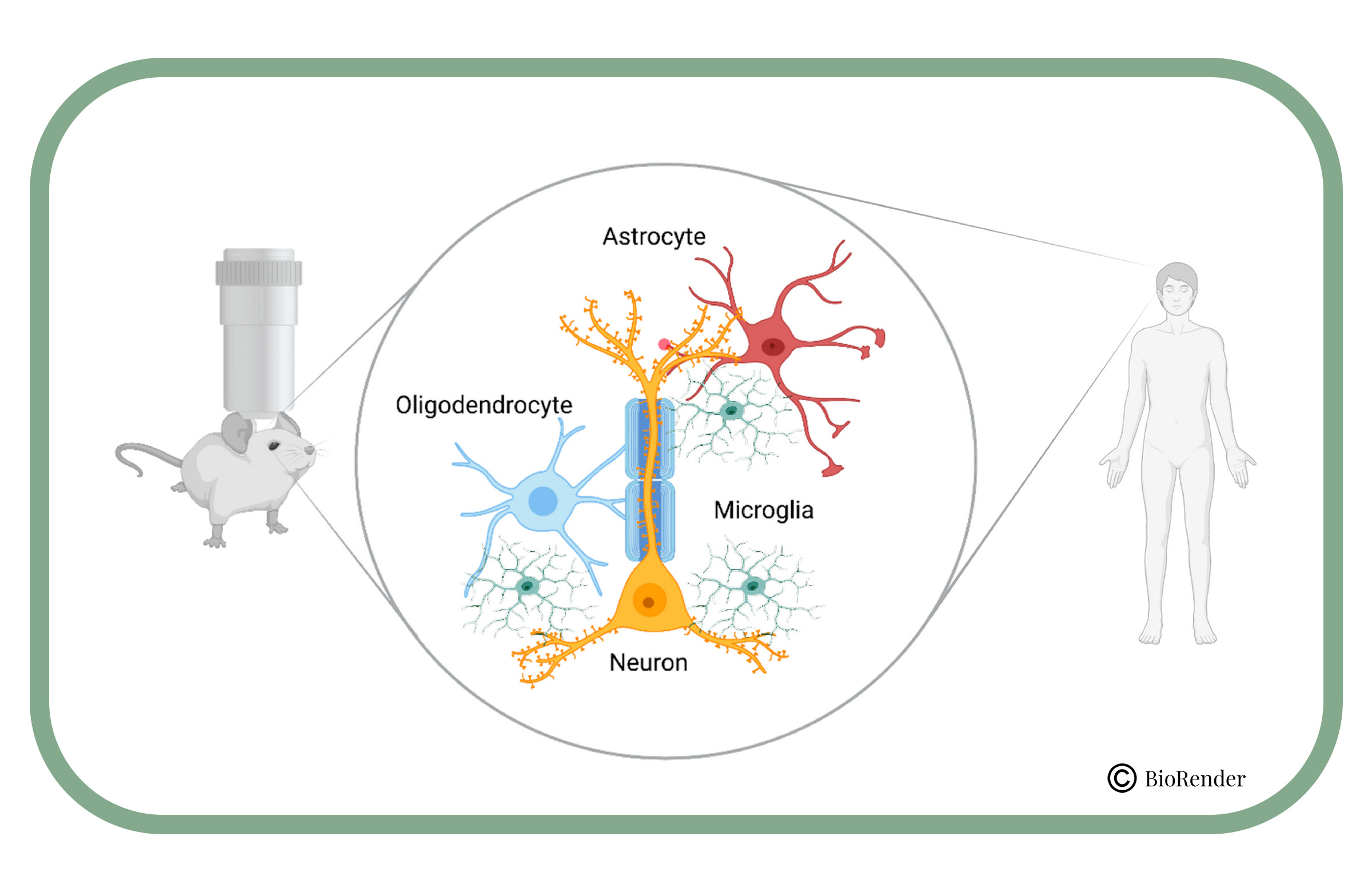Our Goal
Microglia are the resident macrophages of the central nervous system (CNS) and they are involved both in the steady-state regulation of the CNS as well as in the first immune response to any perturbation occurring there. Heterogeneity of microglia has been addressed over the past 20 years and several concepts have been proposed. In the coming years, the field will advance beyond a simple concept of disease-associated microglia, or homeostatic microglia. In the past, microglia have often been studied isolated from their tissue context.
With this priority program we aim to put emphasis investigating microglia in vivo.
We aim to translate our preclinical findings into the clinical setting by using human post-mortem tissue, humanized mice, iPCs-derived human microglia and patient data.

The main questions that we address are:
Which intrinsic and extrinsic local cues determine microglia states?
How do microglia interact with other cells in the brain?
How do omics-profiles translate into microglial functions?
How relevant are mouse data for human diseases?
To answer these questions, we will assimilate and meta-analyse existing data, exploit common resources such as transgenic mouse models and develop novel tools to visualize and manipulate microglia. Our nationwide interdisciplinary priority program serves as a mutual platform to address these important questions and meet the urgent need for novel therapeutic strategies